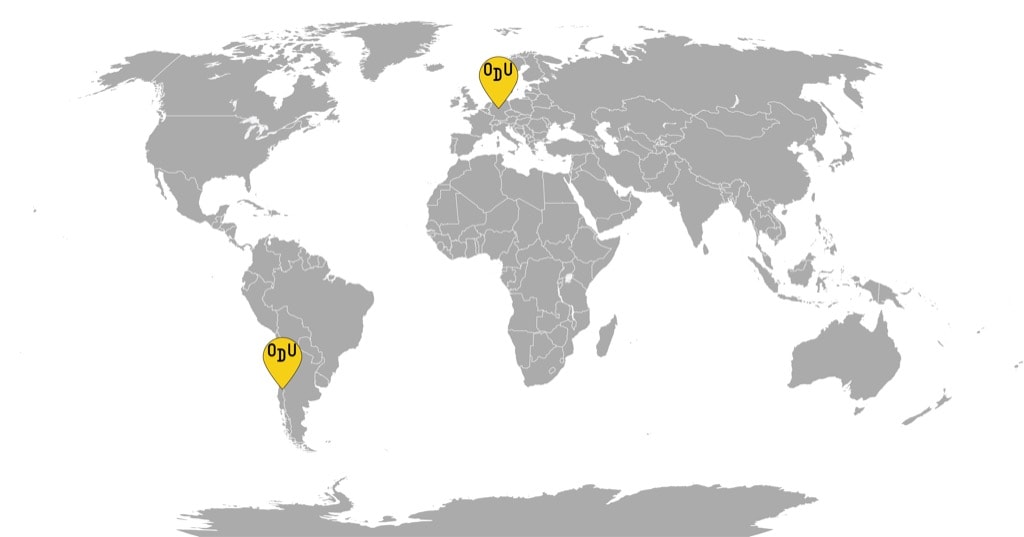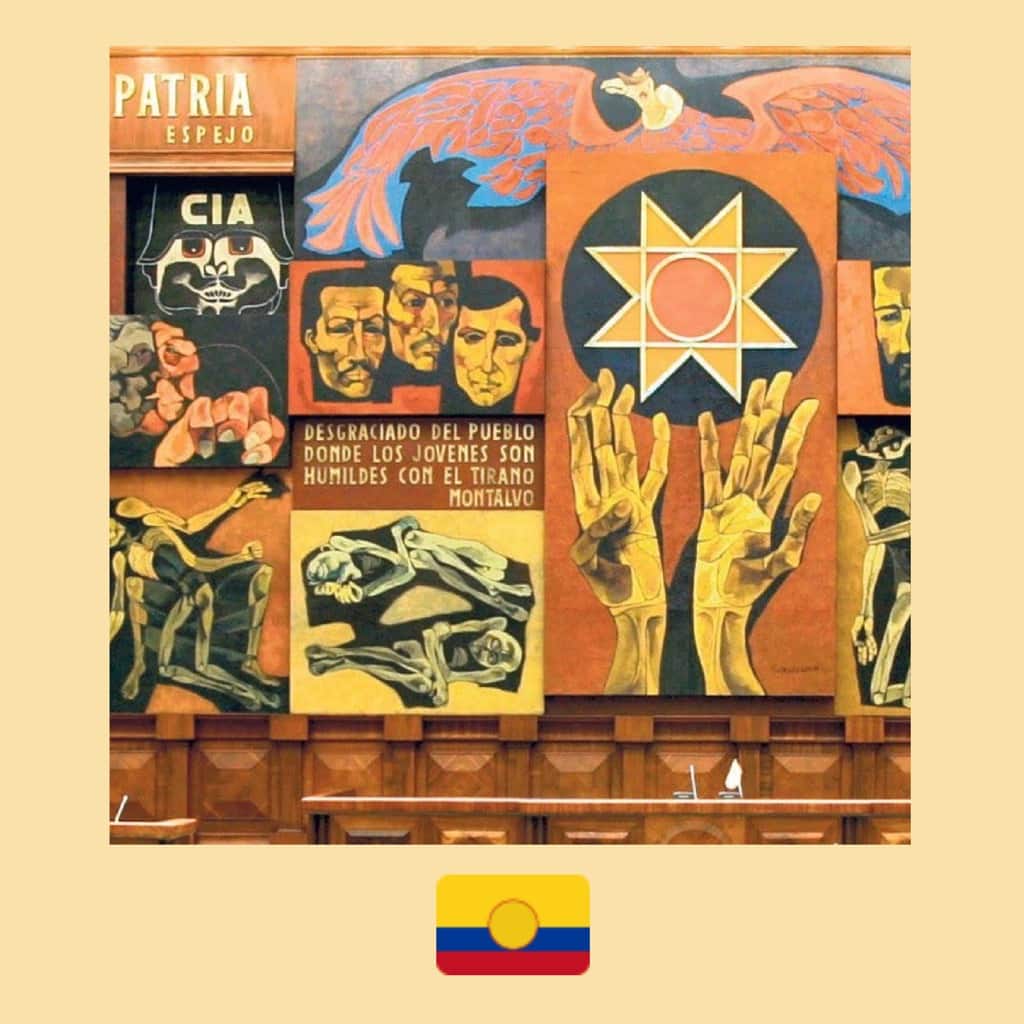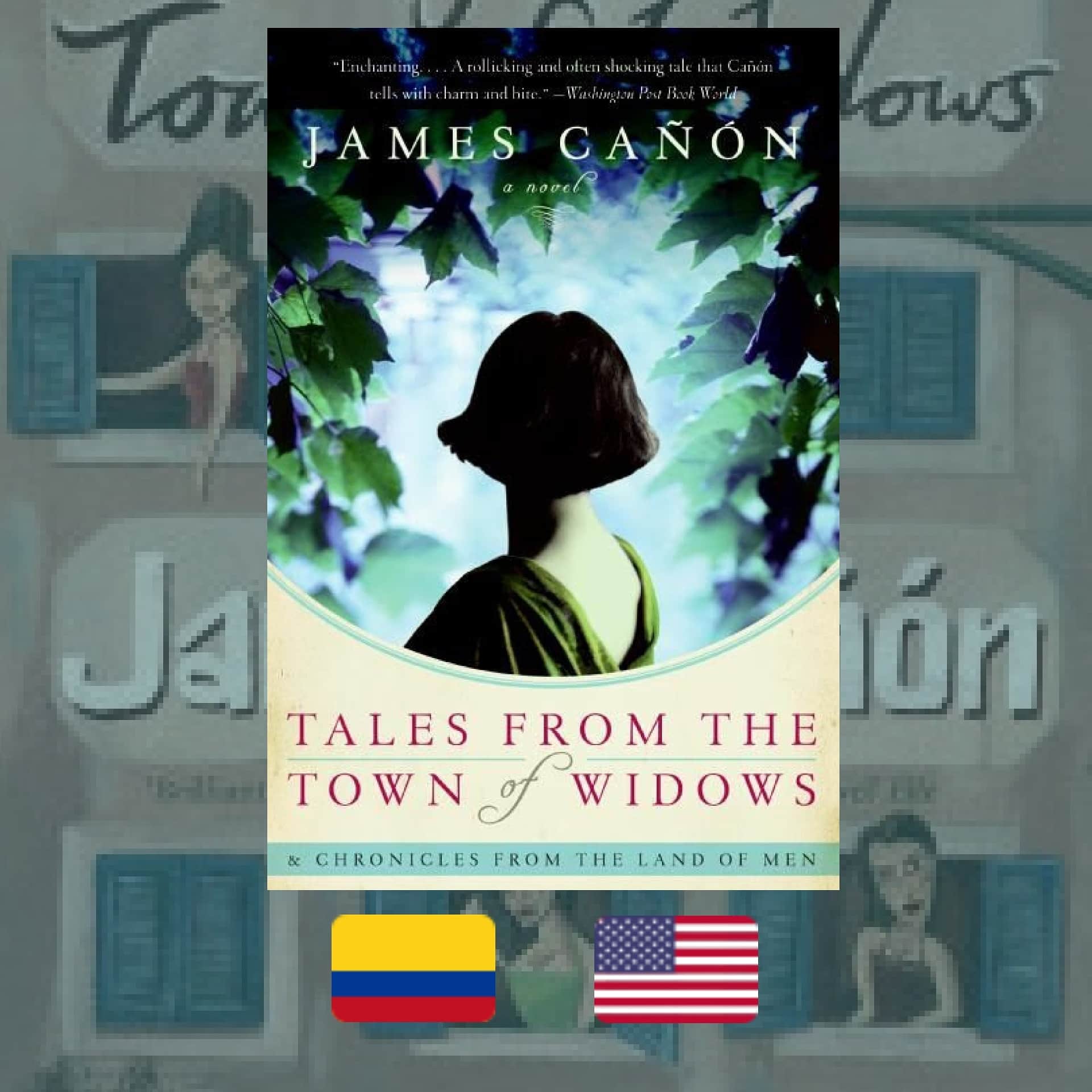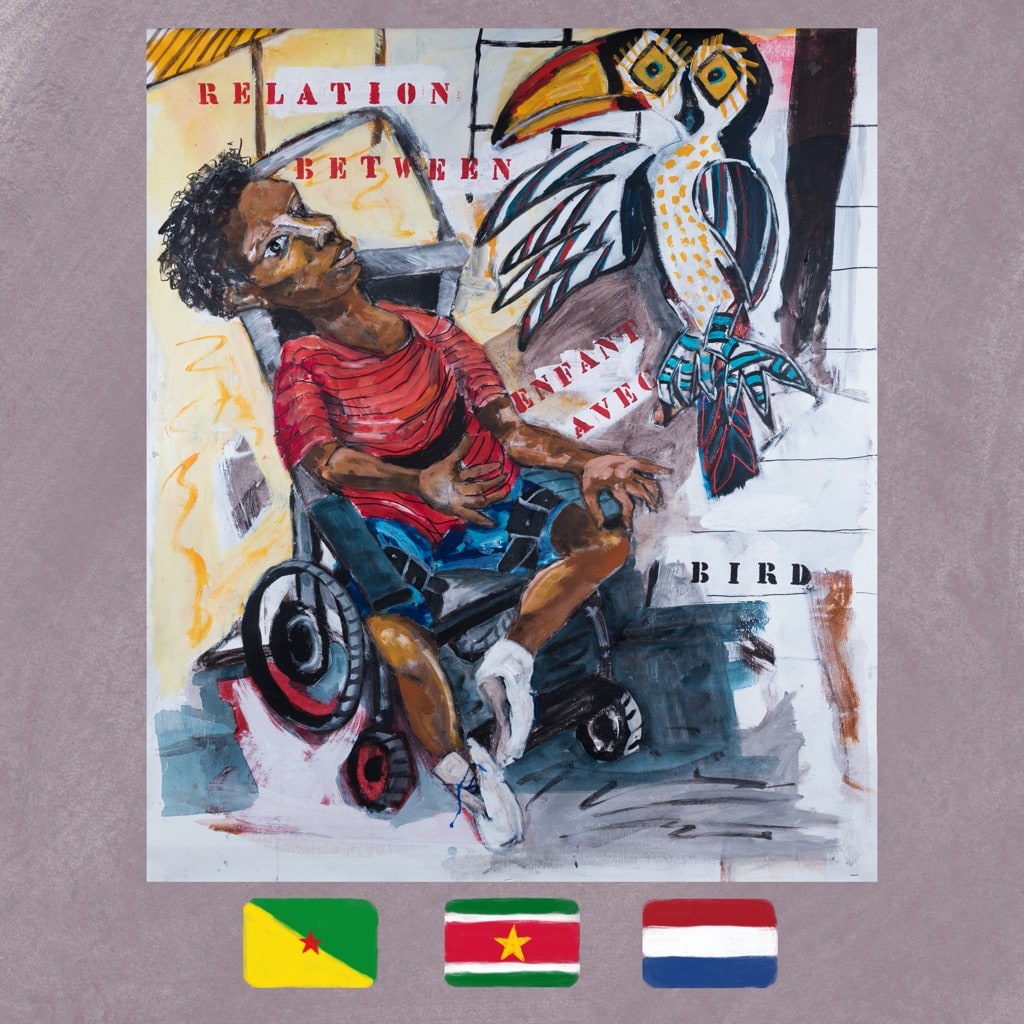Two stray canines living at a Chilean skatepark are portrayed in their uninhibited dignity: an arresting film that dismantles the complexity of human institutes by throwing them to the dogs



WHAT IT’S ABOUT: Chola and Football are two stray dogs who live in Los Reyes, Santiago’s oldest skatepark. And just like the film’s title implies, the two mutts are the real royalty amidst the skating bowls. They may be without shelter, but they are far from destitute. The pair protects their territory, enjoys copious amounts of sunlight that Los Reyes gets, as well as lively games with scavenged toys and occasional intercourse. As the film offers the spotlight to the dogs, the background is occupied by young human skaters, who do flips and ollies, smoke up, and talk about their lives in the Chilean capital famously riddled by inequality. As the two narratives subtly intermingle, the film becomes a rumination on the fragility of the human world as opposed to animal resilience.
WHO MADE IT: Iván Osnovikoff and Bettina Perut are partners in life, as well as in filmmaking. Together they have been creating films for the last two decades, dealing with various subjects, from boxing to the consequences of Pinochet’s regime on Chile. Their previous film, “Surire,” was centered around an environmentally protected borax reserve, and also featured dogs. When Perut gave Osnovikoff a skateboard as a gift, he revisited his quarter-century-old hobby and started going to the Los Reyes skatepark and then invited her to film there. However, just interviewing the skaters did not seem right. When the pair became acquainted with another duo—the dogs Chola and Football that a local woman was feeding—“Los Reyes” started assuming its current shape. Taking the emphasis off the skateboarders also allowed them to open up more, and Osnovikoff took care of sound recording, which acquired an added importance in the film’s structure. Perut also edited the film, while their trusty DOC Pablo Valdés brought his signature visual aesthetic.
After the filming was done, Osnovikoff and Perut adopted Chola, although the free-spirited dog still prefers to exercise her freedom and sometimes runs away. Football, unfortunately, passed away due to ingesting poison.
WHY DO WE CARE: Lately, Chile has been in the news for the massive protests against the legacy of Pinochet’s dictatorship and the neoliberal order that followed. Even though the film’s narrative does not dwell on the political situation in the country, “Los Reyes” sheds light on the struggles that contemporary youth has to overcome. As the skaters banter, they dwell on concerns with power in its many forms, from conflicts with parents to encounters with corrupt cops, as well as the economic issues that become an obstacle to growth. Of course, it’s not the whole essence of the skaters’ reality in the film, as love life issues and stoned gossip come to the foreground, too, and particularities reveal a particular set of privileges that the kids possess. But the juxtaposition of this narrative with the footage of the dogs becomes a fascinating exploration of what humanity can really show for its “freedom” and species hegemony. The dogs are not free of the outside influence either, but the way their existence is documented—a life of small moments of happiness despite objective marginality—invites the viewer to question the social constructs that buttress human life. If the protagonists in question were humans, not dogs, would the reaction to them sleeping rough, hanging out, carelessly playing and humping for the sheer fun of it, be similar or layered with economic reasoning? Reasoning where the same systems of power and capitalist concerns that bring so much anxiety into our lives are also presented as humanizing, setting people apart from the beasts.
WHY YOU NEED TO WATCH: Even though Santiago is never shown away from the skatepark, the placement of the narrative reveals more truths about the city than any documentary full of metropolitan footage could. Carefully position yourself in a place where youth comes to wind down, and you will get access to their hometown’s, or nation’s beating heart. Yet, because Osnovikoff and Perut are not merely documentarians, but artists, they weren’t satisfied with the mere heartbeat, they wanted to get deeper into its abstract reverberations. Initially imagined as a more traditional documentary with the skaters at the center, by putting Chola and Football at the foreground, “Los Reyes” transcended, acquired an unmatched poetic depth that does not only speak to the current moment but also posterity. The dogs in the film are depicted with respect, never getting the trivial anthropomorphic treatment, or used to put forward a point. Valdés’s cinematography and the liberal use of macro lenses render them monumental, which is especially noticeable with Football, the older of the two. His shaggy fur with idling flies becomes a prehistoric forest, his bleary eyes and salivating jowls acquire cosmological importance and devastating Gothic beauty.
Meanwhile, the intimate, yet untamed relationship that the two dogs share, as they stay together, and yet value each other’s liberties, becomes an aspirational portrait of what freedom is. “Los Reyes” possesses the almost magical ability to communicate the important things in life without much effort, narrative, or embellishment. A quiet, humble film with a mighty roar, it will leave the hearts in tatters and will give the viewers much to think about. For instance, the importance of letting ourselves stray.
Los Reyes, 2018
Directors: Iván Osnovikoff and Bettina Perut
For more content like this sign up for our weekly newsletter
WATCH THE TRAILER















